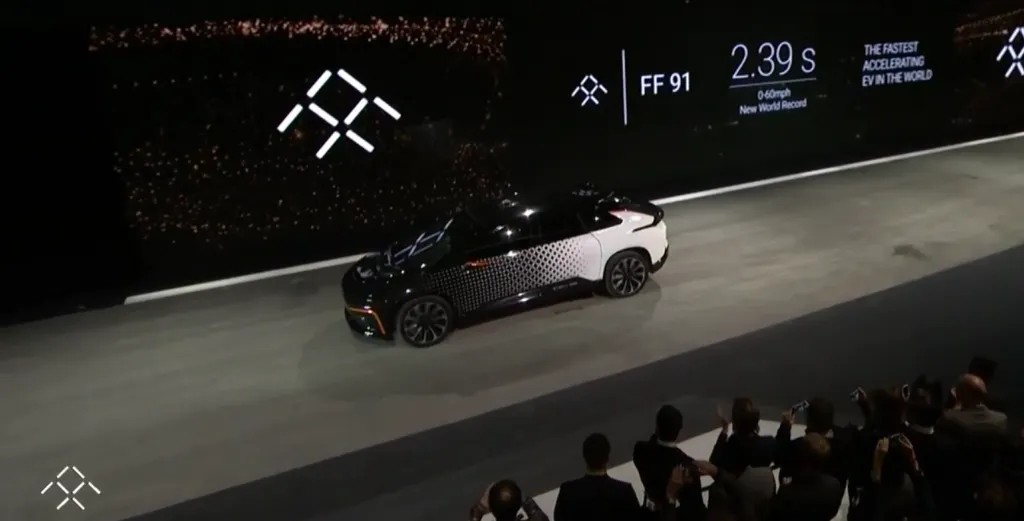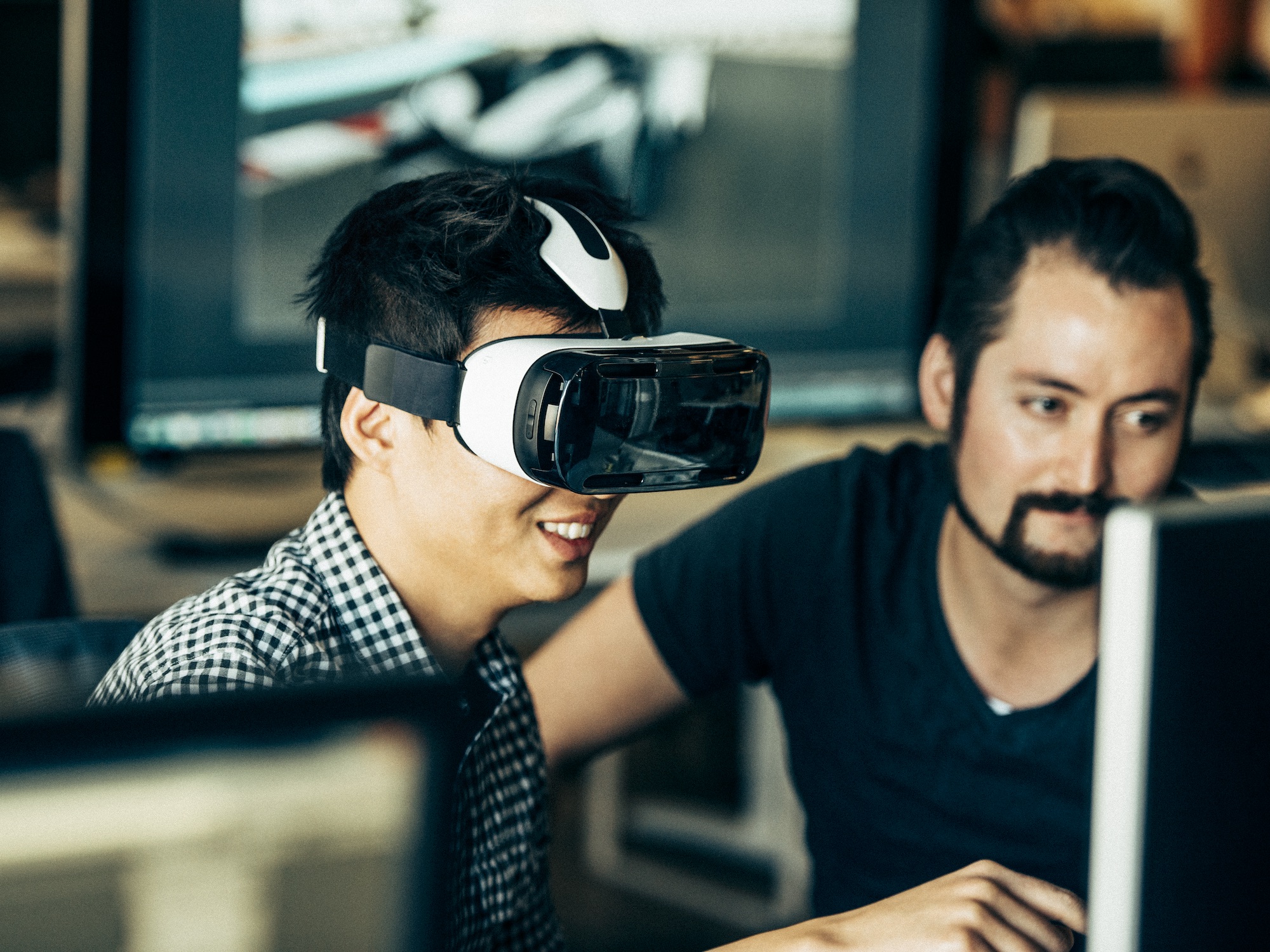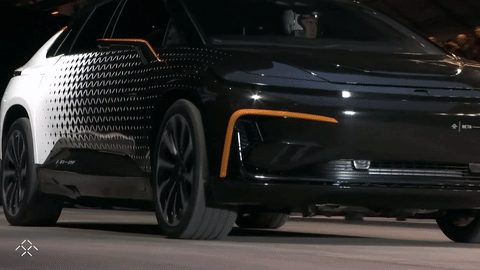Like NASA’s experiments with mixed reality, entities are using VR and AR to increase efficiency and lower cost in big ways. NASA is using VR as a training space for astronauts, but also testing out components for different mechanisms in mixed reality without having to manufacture things that may or may not work or fit properly. This type of work is bound to permeate throughout different engineering and manufacturing industries and today may be one of the biggest signs of such.
Faraday Future is an American start-up founded in 2013 that’s focused on building electric vehicles. Today they revealed their flagship car and it was built from the ground up while their team experimented and implemented new ideas through virtual reality.
Faraday Future previously allowed users to view their concept cars in VR, but having it as a part of the design and engineering process is another step entirely. When describing their approach to car manufacturing at Faraday, they express that a lot of their ideas are uninhibited by existing products and concepts. They’re attempting to shape their line of cars from the ground up and experimenting in such a way could be a financial risk a start-up couldn’t afford. With virtual space, that risk is curbed as further described on their site.
“Traditionally, automotive interior design is an extensive process that can require a ‘sitting buck’ – a large, physical replica of a car’s inner cabin. These structures can take months to build at a significant cost. Now, with our in-house VR systems, we can bring fully-designed interiors to life in a single day – saving us an incredible amount of time and R&D costs. Working in a virtual landscape allows us to build out interactive environments that can be spontaneously modified in light of new ideas or technologies. Now, we are not limited by the confines of a single, static creation. We can actively design new possibilities – in real time – right from the passenger’s seat.”
The revealed car, the FF 91, is being called the world’s first “truly connected car”. Media features such as route planning or streaming of sports events integrate across home computers, mobile devices, and the car itself. It also functions as a mobile hotspot with two antennas on the vehicle and syncs the preferences of individuals via a worldwide Faraday profile called your FFID (powered by Bluetooth and facial recognition).
On the road, it definitely can carry itself with 378 miles on a single charge and 482 miles achieved with a constant speed of 55mph and the capability to go 0-60 in 2.39 second, making it the fastest electronic vehicle available.
It’s a self driving vehicle that has features seen in similar cars, but they do have a bit of a twist with their self-parking assist mode: It can operate with no one behind the wheel. In a live demo, the next speaker at the live stream got out of the car and used the mobile app to instruct it to find parking. It drove around the parking lot until it found an open spot and reversed into the spot with no problem.
In April of last year Faraday Future broke ground on their facility in Las Vegas, Nevada, a $1 billion investment that will create approximately 4,500 jobs over the next ten years. In a press release about the event, Faraday’s VP of Global Manufacturing Dag Reckhorn expressed that they aim to “complete a program that would normally take four years and do it in half the time, while still doing it right” and it’s likely that the efficiency afforded them by VR could be pivotal in the expediency of their growth.
You can reserve a spot in line to purchase the new car by creating an account on the official website.




























